Each year, too many people drown in the United States just because they don’t understand the dangers of water. People have drowned in as little as 1 inch of water when they were knocked unconscious and landed face down in a mud puddle.
Drowning chokes and kills over 372,000 people each year, being the world’s 3rd biggest cause of unintended death. That’s 7% of all injury-related deaths due to something most take for granted, even if they don’t live near water. It takes 3,536 innocent US lives each year, with one in 5 being children.
Even if you’re lucky enough to survive, brain damage could leave you in a vegetative state.
However, most drownings occur in freshwater lakes, rivers, streams, backyard swimming pools, or at the beach. Learning all you can about how to recognize and avoid drowning is a first step to building a water survival plan that should include all of the elements that you will find below.
How Do you Know He / She is Drowning?
When a person begins to drown, a very small amount of water enters the lungs. This tiny amount triggers a spasm in the trachea muscles, which then causes the throat to close. Once the airway seals up, there is no way for air or water to get through. This is why people who are drowning usually are unable to scream for help.
Here are the signs and symptoms of drowning and near drowning:
- Head low in the water with mouth at water level.
- Head tilted back with mouth open.
- Eyes glassy, empty, and unfocused.
- Eyes open with fear evident on the face.
- Hyperventilating or gasping for air.
- Trying to swim in a particular direction but not making headway.
- Trying to roll over on their back to float.
- No motion – the victim may be unable to move their arms or legs.
If you are going to rescue somebody in a body of water, you must be sure that you do not become a victim yourself by being dragged under by a panicking individual in the water. If the person in distress is relatively close to you, your first option is to try to reach for him with your arm, a pole, or a long stick.
If this individual is farther out than you can reach, try throwing a rope with a safety ring attached to it. If this does not work, then you may want to go out to them with a row boat or other watercraft. As a last resort you will have to go into the water after them.
If you must swim after the individual, use a lifeline that is tied in a loop around your chest. In the event that the individual starts to panic and tries to use you as a flotation device, the rope-handling crew on the edge of the water can pull you both back to safety.
If you are swimming to the rescue and you are not using a lifeline or rescue buoy, approach the victim so that he cannot reach out and grab you. If he tries it in his panicked mental state, you will have to push away from him, block him, or go under water fast. These actions will cause the victim to let go so that you can try to come in for your rescue a second time.
How to Survive Drowning
Using the Clothes to Avoid Drowning
If you fall into the water and your shirt is tucked into your pants, you can use your shirt to make an air bubble to float on.
It is also possible to make an air floating device by using your jeans or other long-legged pants. This air float will last longer and can be used to keep up to four people floating for a good length of time.
Using the Drown-Proofing Method to Stay Alive
Drown-proofing is a water survival technique that was invented by Fred Lanoue, a swimming coach at Georgia Institute of Technology from 1936 to 1964. It was his belief that everyone should be able to survive in the water, and he developed a simple technique that was easy to learn and did not depend on physical strength.
According to Lenone, everyone has a small amount of buoyancy, but it is not enough to keep all of the head above water. An individual can float in an upright position, with their face submerged and only lifting the mouth and nose above the water when it is necessary to breathe. Using this method, it is possible to float indefinitely while only using a small amount of energy.
The first thing you’ll likely wonder is how effective drown-proofing is. Anyone can learn to survive indefinitely in the water as soon as this technique is mastered. The average person can only swim a few laps of the pool, but with drown-proofing, the swimmer can take a break and rest until they are ready to continue swimming. Drown-proofing techniques are also useful to handicapped swimmers that might not be able to swim for a long period of time.
The following are the basic steps that you need to follow for drown-proofing. If you take a class on this skill, you can learn in just a few days.
Using Only Your Arms
- Fill your lungs with a good breath of fresh air and float vertically with the back of your head just breaking the surface of the water. The water will support your body.
- Let your arms float slowly toward the surface with your elbows bent until your hands are in front of your shoulders.
- With a steady movement, push downwards and back with your hands until your mouth clears the water.
- Repeat this every 10 to 15 seconds.
Using Your Arms and Legs
- When using the arms and leg method, use a scissors kick with your legs and press downward with your hands at the same time. The object of this motion is to use as little energy as possible to keep a balanced position.
- The trick is to get your head just far enough out of the water to get a breath. If you use too much energy to get your head above water, you will come too far out of the water. As you go back down you will sink too deep into the water.
- The goal is to achieve a gentle, easy action that uses very little energy. The less effort you expend, the better.
Get the Breathing Right: It’s Very Important
- When your head first emerges from the water, it should be tilted slightly forward so that the water falls away from your face.
- Open your mouth wide when you inhale so you get as much air as possible.
- In drown-proofing it is very important to consciously change the way you breathe. Keep your lungs full of air as much of the time as possible.
- When you take a breath exhale and inhale as quickly as possible through your mouth.
Knowing what to do around water is the key to your survival. Always be attentive and don’t panic in dangerous situations.
Planning is the key to your survival. Without a water survival plan and regular practice, the end result could be the death of you or your friends or family.
This article has been written by Fred Tyrell for Survivopedia.


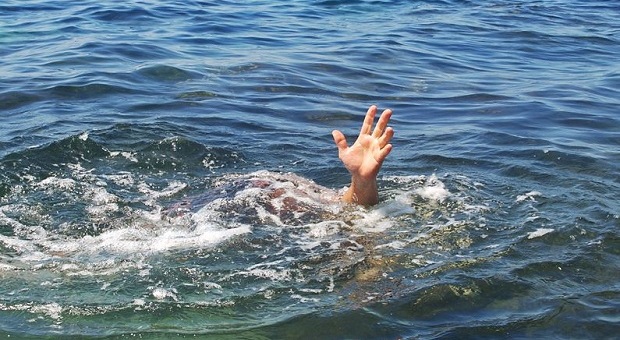


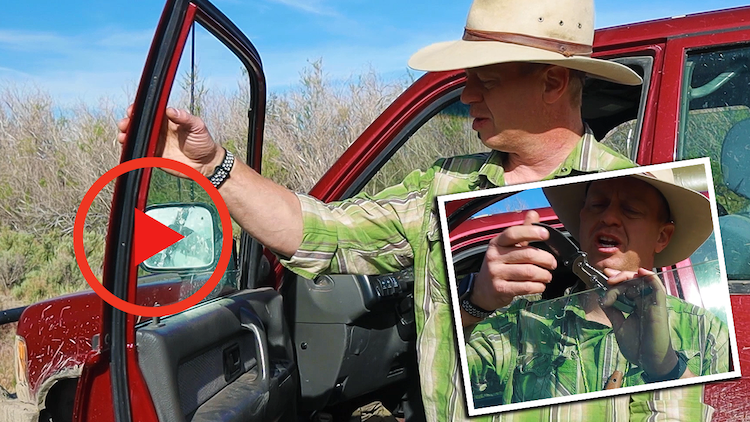
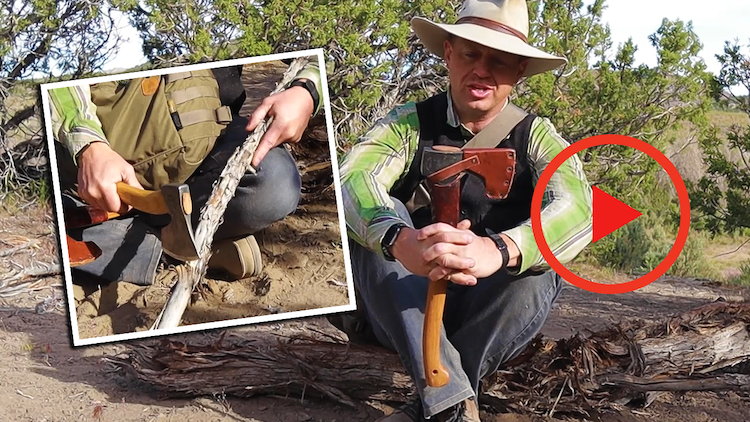
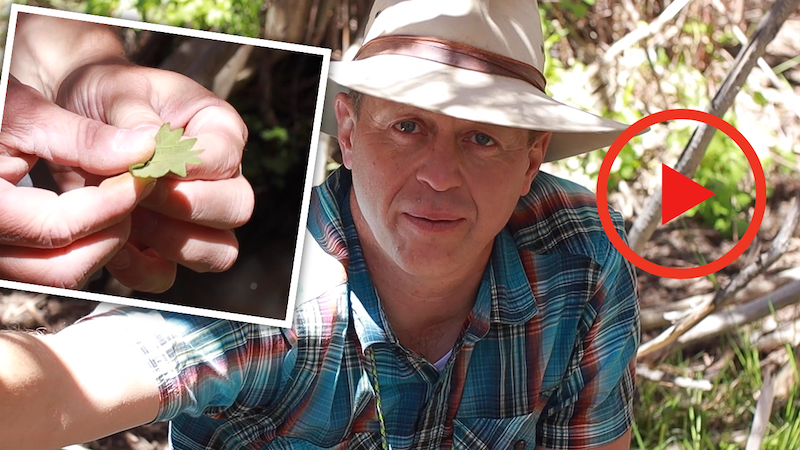
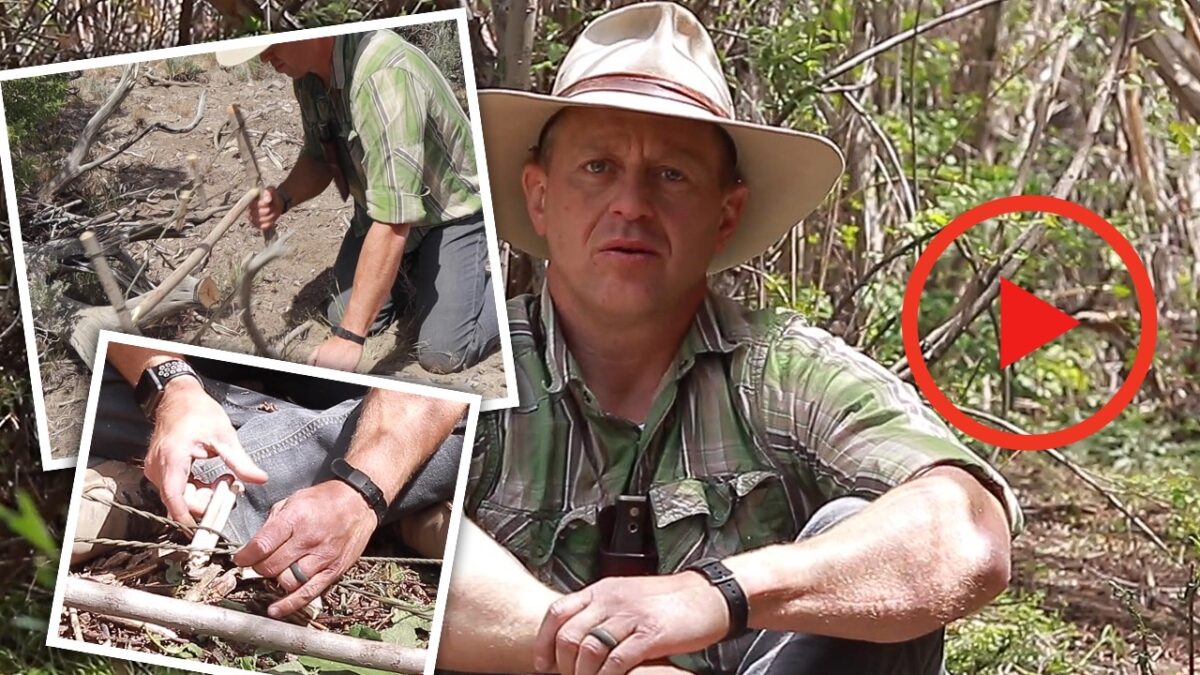

terry_dp | June 9, 2016
|
Good info, especially on how to know if someone is drowning. I’d never heard of drown-proofing, so that was very informative. I was speaking with a lifeguard years ago, and he told me if you need to save someone who is in a panic because they’re drowning, and you have to get within arms reach, try to knock them out. He told me they will most likely pull you down with them if you don’t. It seems it would be very hard to get enough umph behind a swing when you’re in the water, even though your arms won’t be, but it’s something to try.
Tom Benton MD | June 9, 2016
|
I grew up in Eastern N.C. Where there were a million farm ponds less than six
Feet deep yet there were numerous drownings each year. Children and adults.
Both of my parents were good swimmers and taught me to swim early in life.
Before the age of seven I could swim underwater back and forth the length of an olympic pool. I could tread water eternally, bob in the pool with my hands behind my back breathing when mt head surfaced. Without panic I was essentially drown proof.
At sixteen I became enamered with surfing and spent as many hours as possible
Riding waves on the coast of N.C. Drown proofing became an essential survival
Skill surfing in storms including hurricanes from Florida to Mass. Before tethered surfboards It was not unusual to lose ones longboard off the end of
Fishing piers in heavy surf. It was a long swim in often rough seas to reach the
beach and it was not uncommon to cease swimming and rest while bobbing upright. One had to time breathing after a breaking wave to avoid water aspiration. Yet after practicing in a pool for years, I was never afraid and never
had a single thought I could drown. I was drown proof !
So mom, dad, teach your kids to swim. Teach them to bob and breathe with their
hands behind their back so if they are ever in danger they will never panic, they will be drown proof !
As we approach Fathers day and have just celebrated Mothers Day I think again
of how fortunate I was to have parents who spent time with me to teach me the many lessons of life including drown proofing. I spent many thrilling hours chasing waves and survived many encounters with the ocean because of their
parenting. We sorely need more parents like them.
A passing note. Dad was an Army surgeon, mom and Army OR nurse. They landed on the beach at Normandy with the 41st Evac Hospital to treat the injured
who survived the invasion. Mom left the landing craft and stepped in a shell hole
in the water and submerged. Growing up in Florida enabled her to dislodge her pack and regain the surface. She was drown proof.
oldshooter | June 9, 2016
|
Drown-proofing also works without using your hands at all. The SEALS have to do it with their ankles tied together, and their wrists tied together behind their backs. Just remember the most important rule to avoid drowning-never take a breath when your face is under water!
Steven Campbell | June 9, 2016
|
Yes, good instructions. I lifeguarded 17 years year-round at an outdoor hot springs pool. Winter here in Colorado visibility becomes very difficult when the contrast between the air temperature and the water temperature clashes, creating what looks like a dense fog.
Whenever around water, be very attentive, especially with children. And I would highly recommend attending classes to gain confidence in your abilities.
Leon Wleklinski | June 9, 2016
|
I took a first aid drowning course years ago and they told us to approach a drowning victim and as you get close duck under the water and grab the victim , pull them slightly underwater and get behind the victim and then surface the victim. Then either cross chest or cup the victims chin above the water line and swim to shore.
Curious 1 | June 10, 2016
|
Any hope for the person (me) who cannot float regardless of how the body and extremities are positioned?
Steven Campbell | June 10, 2016
|
Curious 1, have no fear. Find a reputable instructor and you will be pleasantly surprised at the many ways even ‘sinkers’ such as yourself will learn to stay afloat. A positive attitude goes a long way.
terry_dp | June 10, 2016
|
Excellent question! My husband cannot swim, nor can he float. My eldest can swim, but he said it’s very hard for him and takes a lot of power. I, on the other hand, can barely NOT float unless I’m swimming, which I can do for a long, long time.
Steven Campbell | June 10, 2016
|
Anyone can learn many ways to stay afloat. Stop making excuses. Find a good instructor and go for it.
Steven Campbell | June 10, 2016
|
Curious 1, have no fear. Find a reputable instructor and you will be pleasantly surprised at the many ways even ‘sinkers’ such as yourself will learn to stay afloat. A positive attitude goes a long way.